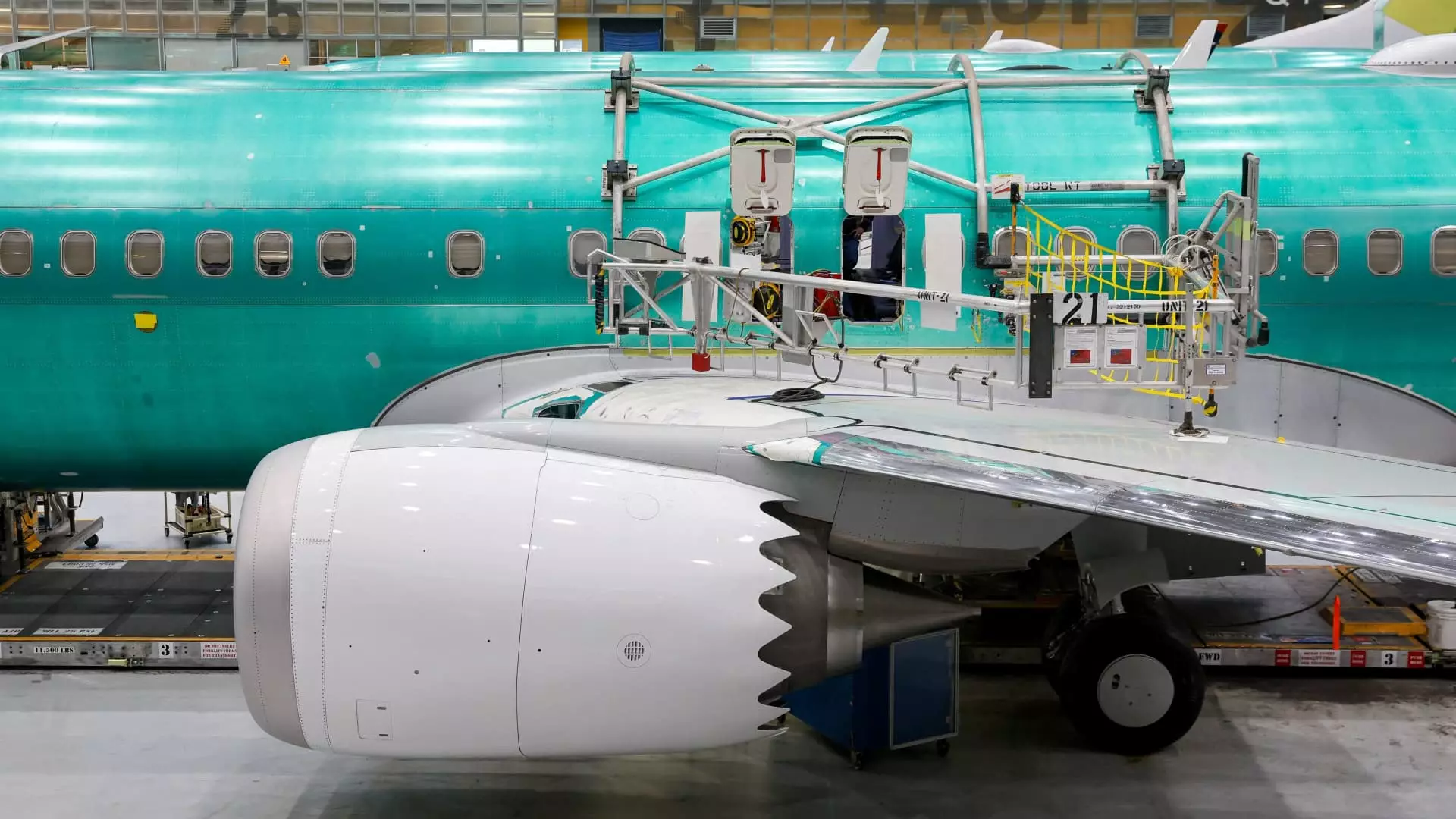Boeing has found itself in a precarious position, forced to navigate a critical year of rebuilding after a series of public relations disasters and operational failures. The crisis was underscored by a frightening incident involving an Alaska Airlines Boeing 737 Max 9, where the fuselage panel over an unequipped emergency exit door was dislodged during flight. While the plane managed a safe emergency landing, the incident exposed severe lapses in safety protocols that have since haunted the iconic American manufacturer.
The root cause, as identified by the National Transportation Safety Board (NTSB), was the failure to install critical bolts prior to the aircraft’s departure from the Renton factory in Washington. This finding was a severe blow to Boeing’s reputation, particularly given the ongoing scrutiny the aerospace giant faces regarding its safety and quality standards.
The financial ramifications for Boeing have been staggering. The company’s stock has plummeted more than 30% over the past year, starkly contrasting the nearly 27% gain of the S&P 500 during the same period. This dramatic shift in investor confidence underscores a broader concern: clients and stakeholders are increasingly wary about the company’s capability to uphold safety and quality in a competitive market, especially in light of recent historical tragedies linked to the 737 Max series.
With an uptick in technical flaws and a decreasing share price, Boeing has witnessed a troubling trend of losses, amounting to over $30 billion since 2019. The absence of profits since 2018, compounded by the fallout from two fatal crashes that killed 346 individuals, demonstrates the depth of the crisis confronting Boeing.
In response to these pressing challenges, Boeing’s leadership has undergone significant restructuring, most notably the appointment of Kelly Ortberg as the new CEO. His extensive experience in aerospace, particularly as the former CEO of Rockwell Collins, has brought new perspectives to an organization in dire need of a transformational vision.
Under Ortberg’s direction, the company has committed to long-term improvements rather than superficial fixes. His recognition of the necessity for a fundamental cultural overhaul at Boeing—shifting the focus from profits to safety and quality—is both practical and essential. The statement by Mike Whitaker, chief of the Federal Aviation Administration (FAA), encapsulates this sentiment perfectly: “What’s needed is a fundamental cultural shift at Boeing that’s oriented around safety and quality above profits.”
This paradigm shift will require unwavering commitment from both Boeing’s leadership and its workforce, who must embrace an inevitable scrutiny of their processes and outputs.
To tackle these quality issues head-on, Boeing has implemented various strategies, including random quality audits at manufacturing sites and addressing criticisms raised by employees during feedback sessions. The affirmation that defects in 737 fuselages produced by Spirit AeroSystems have been significantly reduced signals progress, albeit on a long road to recovery.
Additionally, addressing the ‘traveled work’ phenomenon—where construction tasks are completed out of order—has been crucial in streamlining production processes, which can help in minimizing errors and delays. As part of the company’s ongoing recovery efforts, a new labor agreement has also been negotiated with machinists after a nearly two-month strike, reflecting a desire to foster a more stable and loyal workforce.
Looking ahead, Boeing is engaged in a dual focus: stabilizing production to meet the demand for jetliners while simultaneously ramping up output to reclaim its position against competitors like Airbus, which continues to outpace Boeing in deliveries. The company recognizes its need to recalibrate and, as Ortberg articulated, is focused on doing less but with greater quality rather than attempting to do more with compromised standards.
To mitigate ongoing challenges, Boeing has executed a substantial workforce reduction of 10%, which is projected to facilitate a more sustainable operational environment. This strategic pruning reflects a commitment to reinforce its core competencies and enhance overall operational efficiency.
The journey of recovery for Boeing is laden with challenges but is illuminated by cautious optimism. As stakeholders closely observe the changes implemented under Ortberg’s leadership, the hope is that a renewed culture emphasizing safety and quality will not only foster internal improvements but will also gradually restore trust and confidence among consumers and investors alike. Moving forward, Boeing stands at a pivotal juncture where foundational changes could signify a return to its former prowess in aviation and aerospace.

